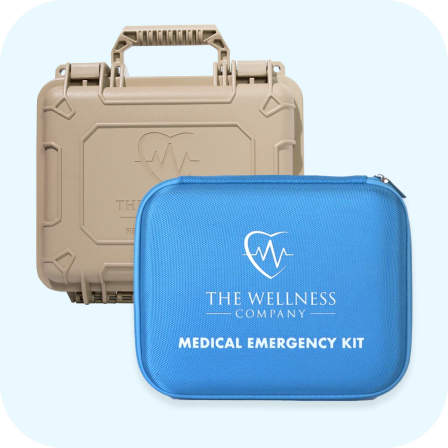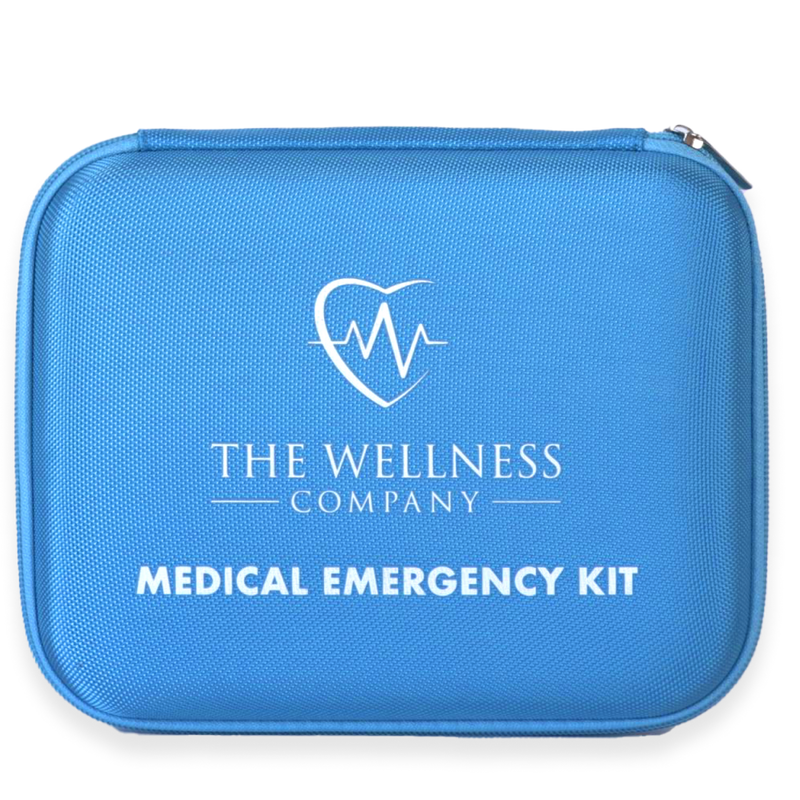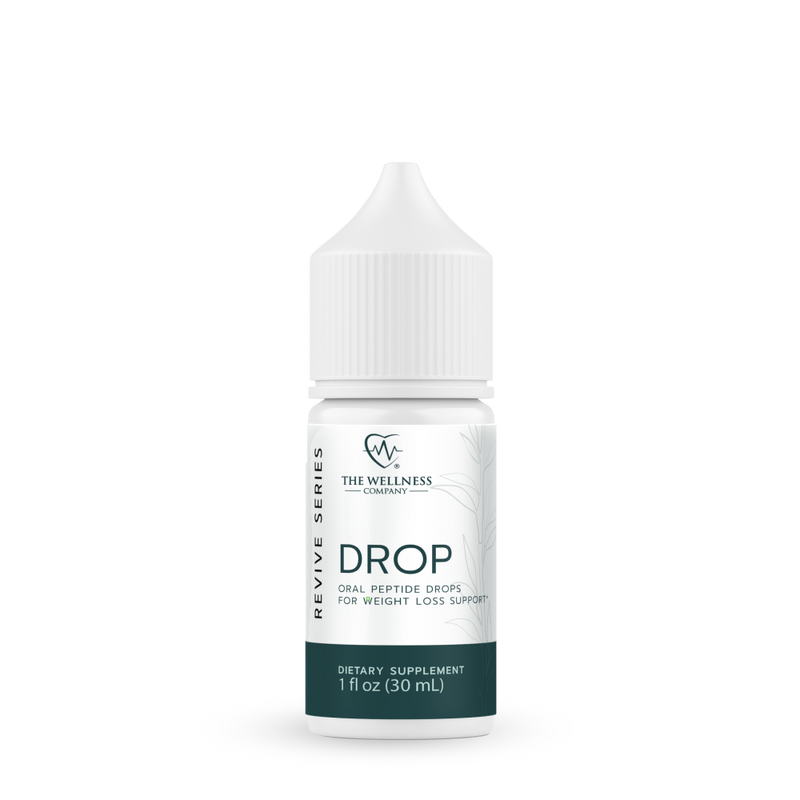Outdated Technology Leaves Our Water Supply Vulnerable

8% of the US community water systems provide water to 82% of the U.S. population through large municipal water systems. 70% of these are at risk for a catastrophic cyberattack.
The recent cyberattack on the municipal water supply in the small Texas community of Hale Center, which included surrounding towns, is the latest in a string of cyberattacks on US municipal water supply. Mike Cypert, the city manager of Hale Center with a population of 2,000 received a warning from their software vendor of thousands of attempts to breach its firewall.
FBI director Chris Wray warned at a recent Munich Security Conference that threats from Russia, China, Iran, and North Korea are ongoing and continue to target our critical infrastructure- including our water supply. He also states that the attacks are getting increasingly sophisticated and dangerous every day.
This isn’t an isolated incident
Other recent cyberattacks compromising our water supply include:
- Hackers were able to control and take offline internet-connected controls for the city of Aliquippa which serves 6,600 customers. Luckily, they had access to a manual backup system that enabled them to continue pumping.
- Using nothing but a cellphone and login credentials, a 23-year-old former employee of Ellsworth County in Kansas was able to shut down the cleaning and disinfecting procedures that run on the water supply. He was indicted and faces charges of tampering with a public water system and reckless damage to a protected computer during unauthorized access. He faces a potential 20 years in federal prison and up to a $250,000 fine.
- Pinellas County water treatment system, which serves about 15,000 people was hacked and gained access by someone through the internet in which someone had hoped to flood the supply with levels of sodium hydroxide more than 100 times the normal amount.
Outdated water utility technology
EPA is the lead federal agency for ensuring the nation’s water sector is resilient to all threats and hazards.
Water utilities rely on technology for monitoring, for operations, and for customer communication. “The community risk from cyberattacks includes an attacker gaining control of the operations of a system to damage infrastructure, disrupt the availability or flow of water, or alter the chemical levels, which could allow untreated wastewater to be discharged into a waterway or contaminate drinking water provided to a community,” said an EPA spokesman.
Earlier this year, the Safe Drinking Water Act (SWDA) Section 1433 issued an enforcement alert to address cybersecurity threats. This requires all community water systems serving communities of 3,000 or more to conduct Risk and Resilience Assessments (RRA) and develop Emergency Response Plans (ERP).
According to the alert:
Over 70% of the systems inspected by EPA since September 2023 are in violation of basic SDWA Section 1433 requirements including missing specific sections of the RRA and ERP. When on-site, EPA inspectors have identified alarming cybersecurity vulnerabilities at drinking water systems across the country and taken actions to address them. For example, some water systems failed to change default passwords, use single logins for all staff, or failed to curtail access by former employees. (as in the case of the Ellsworth County incident).
This means that 70% of the US water supply is at risk of being poisoned, contaminated or otherwise tampered with.
Bioterror through the public water supply is a real threat
According to the CDC, there are two pathogens, tularemia and anthrax that could be used as potential bioterror agents when added to the municipal water supply. Given the lax standards that most cities operate by this is a plausible threat.
Doxycycline, a tetracycline antibiotic is included in our Emergency Medical Kit. This broad-spectrum antibiotic can treat both tularemia and anthrax exposure, and more.
The Best defense is a good offense.
If you are on a public water system, contact your local water company and ask what measures they have in place to prevent tampering with the water supply. Be proactive in your community.
In addition, stock up on water. Store at least 1 gallon per person per day for 2 weeks. Preferably more.
Check out the CDC website for information on water filtration and safe drinking water, and Join Dr. Kelly Victory, Chief of Emergency & Disaster Medicine on Rumble as she shares tips on preparedness for natural and manmade disasters. Her latest video is on having a safe and clean emergency water supply in any scenario.
Written By Brooke Lounsbury






















